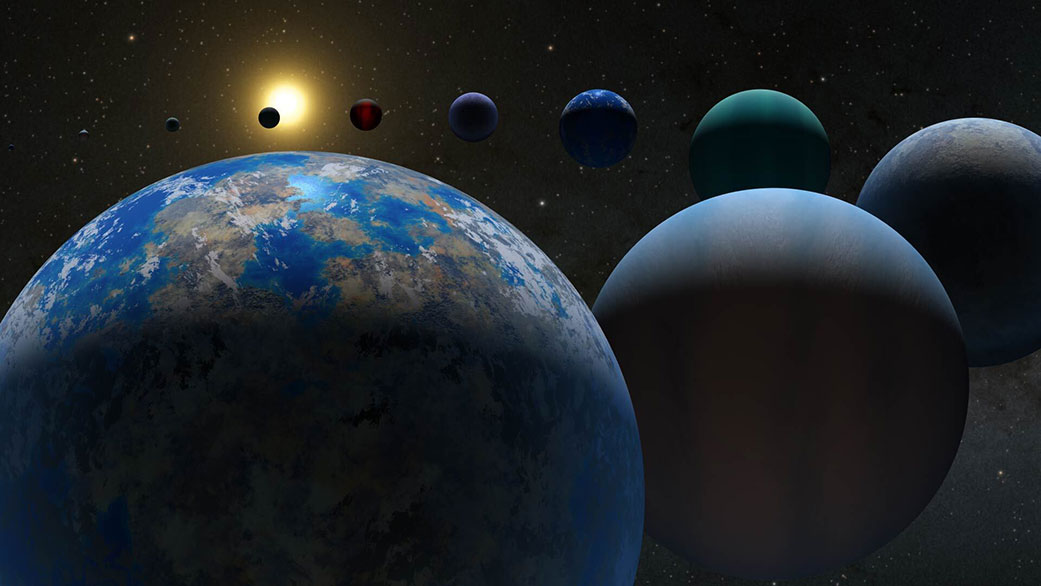For the past thirty years, NASA’s Great Observatories – the Hubble, Spitzer, Compton, and Chandra space telescopes – have revealed some amazing things about the Universe. In addition to some of the deepest views of the Universe provided by the Hubble Deep Fields campaign, these telescopes have provided insight into the unseen parts of the cosmos – i.e., in the infrared, gamma-ray, and ultraviolet spectrums. With the success of these observatories and the James Webb Space Telescope (JWST), NASA is contemplating future missions that would reveal even more of the “unseen Universe.”
This includes the UltraViolet Explorer (UVEX), a space telescope NASA plans to launch in 2030 as its next Astrophysics Medium-Class Explorer mission. In a recent study, a team comprised of graduate students and postdocs from institutions across the US detailed a concept mission known as the Mission to Analyze the UltraViolet universE (MAUVE). This telescope and its sophisticated instruments were conceived during the inaugural NASA Astrophysics Mission Design School. According to the team’s paper, this mission would hypothetically be ready for launch by 2031.
Continue reading “MAUVE: An Ultraviolet Astrophysics Probe Mission Concept”









